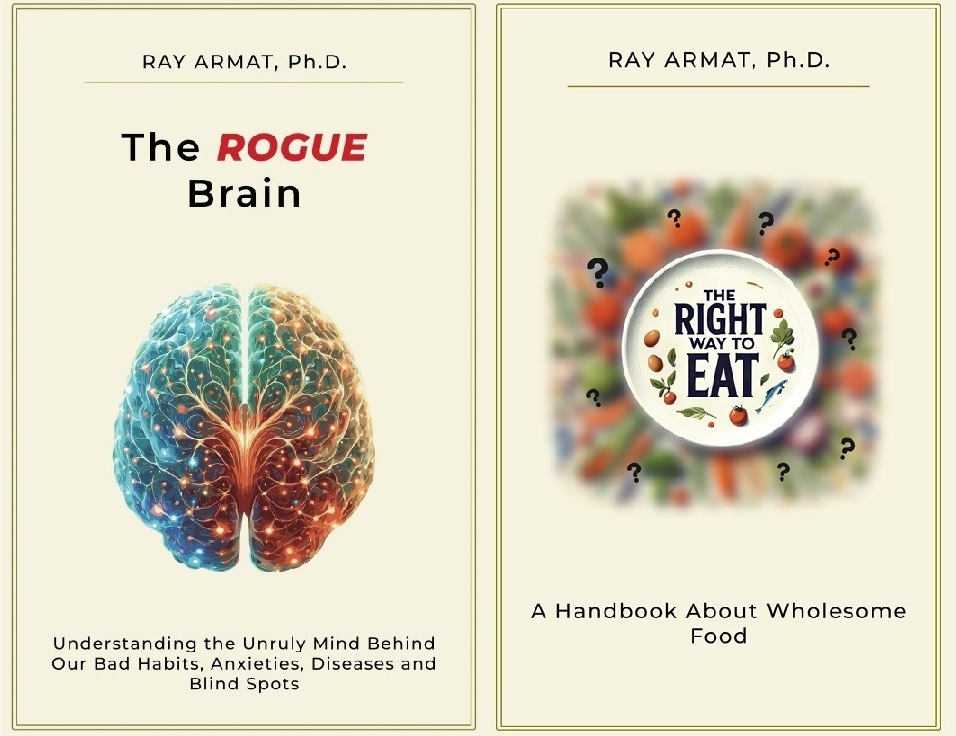Another Tragic Story About Ozempic
Learn How the Body's Natural Appetite Control Works and Why Ozempic is Linked to Osteoporosis and Muscle Loss
Singer “Avery” may not be that famous in the music world but with more than 70 million views on Youtube and hundreds of thousands of fans, she reaches a lot more souls than I do. So when she talks about the dark side of Ozempic, she gets noticed.
In her recent video, she talks about her history of eating disorders, taking Ozempic for appetite control, and then going on a $5000 week-long retreat to learn how to control her bad habits. Then she found out she has osteoporosis, which she blames on Ozempic:
There are many other adverse (harmful) effects caused by Ozempic, such as muscle and bone loss, which you can find for yourself by just searching online, particularly on browsers like Brave (less censored than Google) or using Twitter’s Grok (AI). But when it comes to controlling her appetite and “fake” hunger, I wish people like Avery read my books or articles (instead of just following famous influencers) to learn how our body works. I wish I could share with Avery and her many followers what I shared last week in my presentations in Pennsylvania (about disruptions in the brain and body’s natural feedback loops)1. Here is one of the slides that shows how we feel hungry and the feedback loops between the brain and body.
Basically, hormones are energy-management (metabolic) signaling messengers between the body and the brain. The three that are most important in our appetite control are Ghrelin — signaling fullness in the stomach —, insulin — signaling level of blood sugar —, and Leptin — signaling degree of energy stored in fat cells. The brain, as our master energy regulator will take all these signals, as well as the body’s other metabolic needs and energy deficits, into account and will issue an executive order to the body to eat or resist/ignore food. The reason people keep eating despite having enough in their stomach, enough glucose in their blood or enough energy stored in their fat cells, is that an overstressed or overanxious brain overrides the hunger/appetite feedback loop and decides to make up for the energy it loses in times of stress, particularly with foods high in sugar, fat (like ice cream) and salt (chips or fries). As our body’s most energy-hungry organ, the brain craves fat and sugar as energy-dense foods during “fake” or “stress” hunger. Salty food is also desired as it causes high blood pressure and flow to the brain in times of stress.
The problem with a ROGUE brain, is that it will, over time, ignore the insulin or Leptin signals and cause prolonged spikes in insulin and leptin in the body, which will in turn, resist and ignore these excessive insulin and leptin levels. Conditions called “insulin resistance” and “leptin resistance” are the root of many metabolic disease such as Diabetes (type II), obesity and cardiovascular diseases.
In my book, The ROGUE Brain, I explain how the body and brain communicate through several feedback loops throughout our lives, and how our brain often overrules these feedback loops and causes metabolic disorder and disease.
It is important to note that foods which are harder for the body to break down, such as fat and meat, generally move slower in our digestive tract, especially if not accompanied with carbohydrates. The slow motility would generate strong satiety signals to the brain and control the fake appetite and hunger in times of stress. This is probably why some carnivore diets or ketogenic diets (high fat and protein, low in carbs) are so popular with overstressed people. When there is less sugar and more fat in our diet and our blood, the body (the pancreas) releases Glucagon (instead of insulin), a hormone that puts the body into the break down (catabolic) mode or what I call in my book The Burn Down. That means the body will then starts breaking down fat, glycogen (glucose storage) and even some bones and muscles to release more glucose into the blood (plus some ketones).
In fact, Ozempic’s scientific name is “glucagon-like peptide-1 receptor agonist.” Glucagon-like peptide (GLP-1) is a hormone that stimulates insulin secretion from the pancreas while simultaneously inhibiting glucagon secretion and curbing our appetite. So by promoting this insulin-like hormone, Ozempic basically biohacks (fools) an insulin-resistant brain which would normally override or ignore insulin signaling. You see how devious the plot is to biohack a ROGUE Brain?! That’s why I wrote that book about ways to tame the ROGUE brain😊
The reported bone and muscle losses associated with Ozempic use perhaps occur because over time, the brain will notice the artificial spike in insulin and GLP-1 and drying up of Glucagon (the high ratio of Insulin to Glucagon), so it will become GLP-1 resistant (as well as insulin-resistant), secretes more Glucagon, and revert to the catabolic mode, breaking down bones and muscles. You see, it is not easy to fool the most advanced brain on this planet!
In my book The Right Way to Eat, I discuss the way to balance different diets (like Ketogenic or Vegan) and nutritional regiments for proper metabolism.
Related:
Is it Worth it? What Happens after Botox? The Tragic Story of a Former Hollywood Star
At a local meeting of Weston A. Price Foundation and then in the Amish community.







Ozempic is a fast-food remedy used to eliminate the consequences of fast-food abuse. That's totally absurd.
Not the only one side effect apparently...
https://www.corkbeo.ie/news/local-news/cork-granny-died-organ-failure-30900780